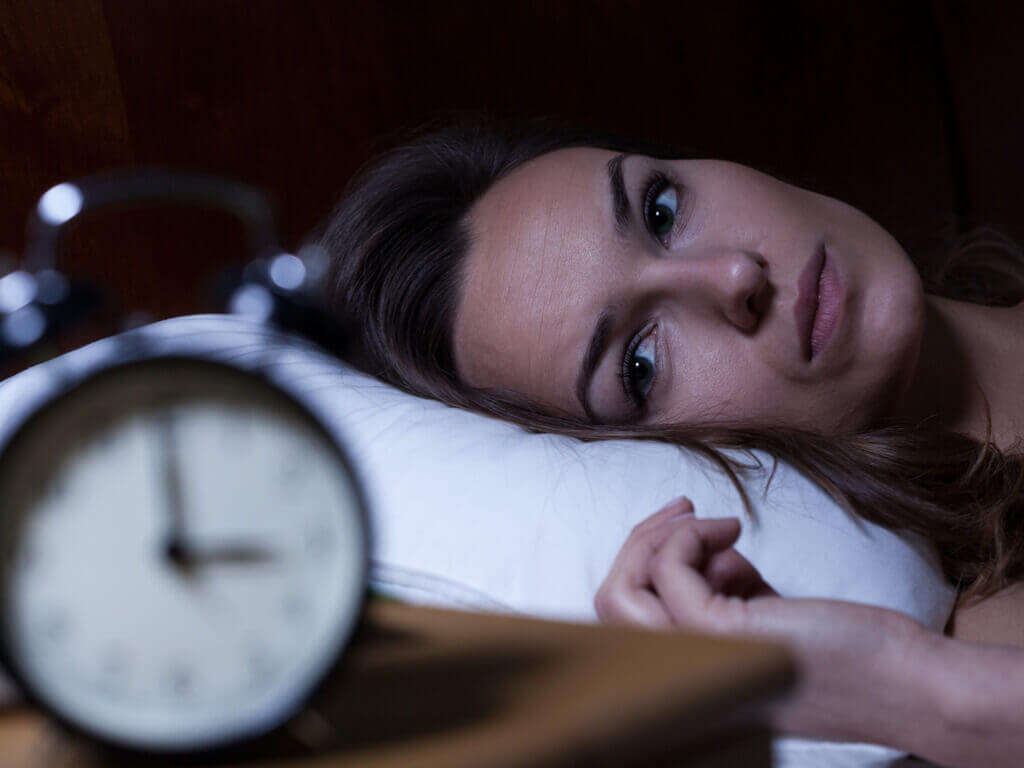What Is Seasonal Affective Disorder?
4. Causes
There is a clear relationship between the availability of sunlight and the onset of seasonal affective disorder. People who live nearer the equator, where there is little seasonal change in the amount of daylight, experience fewer symptoms.1https://www.nimh.nih.gov/health/topics/seasonal-affective-disorder/index.shtml Additionally, people from the higher latitudes with SAD report a decrease in symptoms if they move nearer the equator.
However, the exact relationship between sunlight and SAD is not clear. Exposure to varying levels of daylight may disrupt the circadian rhythm, which is a kind of “biological clock” that tells your body when it is time to sleep and to wake up. The changes in daylight may affect the production of neurotransmitters in the brain, affecting your mood and disrupting your sleep.
Advertisement











